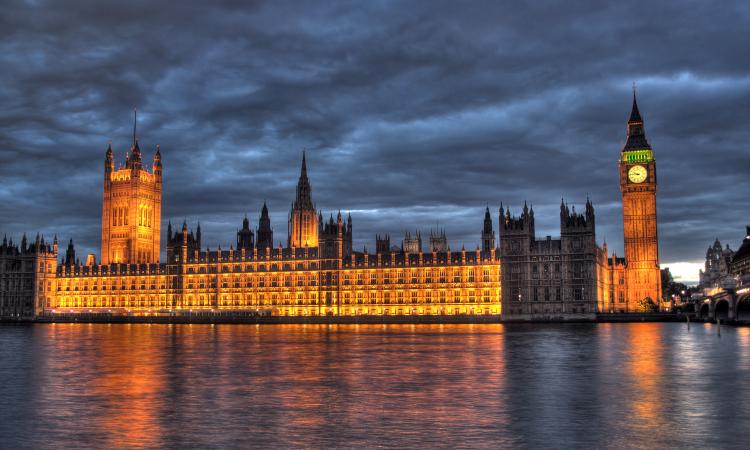As planned, the Mayor has sent a new publication version of the draft London Plan to the Secretary of State, which seeks to deal with his 11 original directions from March 2020 and the further two directions made two weeks ago.
In short, the new publication version of the Plan has broadly accepted all of the Secretary of State’s directions in a substantially unchanged form. This is summarised below.
1) Removing the ‘no net loss’ requirement from industrial land policies
The Mayor has agreed to remove the requirement of ‘no net loss’ from all of the industrial land policies. The Mayor has also removed the table and map that required each individual borough to either: ‘provide [industrial] capacity’, ‘retain [industrial] capacity’ or allow ‘limited release’. As we have previously reported, this will provide significantly greater flexibility to those boroughs with large amounts of low-density industrial land and high housing targets in developing sustainable housing strategies.
Notably, however, the Mayor has amended the proposed wording of the supporting text issued by the SoS last week. The SoS introduced a sentence which stated that, in exceptional circumstances, where boroughs are looking at releasing Green Belt land to accommodate housing growth, they may instead look at releasing industrial land even if it is in active employment use. The Mayor has amended this wording to add in a requirement that boroughs “must demonstrate” that they have made “as much use as possible of suitable brownfield and underused land”. There is also additional cross reference to the Green Belt policies. In his letter, the Mayor states that this change is to ensure that the policy “is workable in practice and does not have unintended consequences”. The test will be whether the SoS thinks the wording still conforms with the direction and its purpose.
In our view, the addition of this wording is justified given the over-arching strategy of the Plan to optimise and recycle brownfield land. This is also consistent with the national approach that focuses on optimising density on brownfield land and making effective use of underused land for housing. However, with both Green Belt land and industrial land in active employment use required to demonstrate ‘exceptional circumstances’ to be released as part of a Local Plan strategy, our view is that it is a bit unclear which should take precedent.
2) Bringing Green Belt policy in line with national policy
The Mayor has accepted the amendments to the Green Belt policies that allow for development in the Green Belt in very special circumstances and that require exceptional circumstances to de-designate or extend the Green Belt. This brings the policy in line with national policy and fully addresses the directions. It is unsurprising that this change has been made, as it was highly unlikely that the Plan could have been adopted without it, particularly considering the Planning Inspectorates’ recommendation to commit to a London-wide strategic Green Belt review.
3) Accepting that tall buildings cannot be below six storeys
One of the SoS’ additional directions made two weeks ago was to amend the tall buildings policy so that boroughs could not define a tall building as one under six storeys (or 18m from ground to the finished floor of uppermost storey). In the absence of a local definition, the SoS also suggested that the automatic definition of a tall building should be the same (i.e. six storeys/18m), which was below the draft policies previous definition of 30m (which is about 10 storeys). The Mayor has accepted both changes.
The tall buildings policy still requires boroughs to determine appropriate locations for tall buildings in local plans and for decision-makers to assess the visual, functional, environmental and cumulative impact of tall building development. The inclusion of a six storey minimum in the definition should help to ensure that lower density outer London boroughs cannot unduly constrain incremental intensification of areas, including through the upwards extension of existing buildings. However, lowering the automatic definition from ten to six storeys could overburden the policy tests that developers need to satisfy in higher density inner or high growth outer London boroughs, until such boroughs have their own adopted definition.
4) Parking for families
The minor revisions to parking standards have been accepted which will allow for boroughs to consider higher levels of parking provision where it would support the delivery of family homes.
Summary
In our view, the new publication version of the draft London Plan substantially addresses all of the directions and should be agreed by SoS. The SoS formally has six weeks to respond to new publication version of the draft Plan (i.e. by 01 February 2021). However, he has in the past substantially exceeded this statutory requirement due to the impact of COVID-19 and this could realistically be the case again given recent news and progress with Brexit; (albeit there is substantially less for him to consider and he has recognised the benefit and need to move the Plan along quickly).
We are therefore optimistic that the Plan will be adopted in the spring 2021. We are of the view that the Plan, as a whole, can be given almost full weight.

